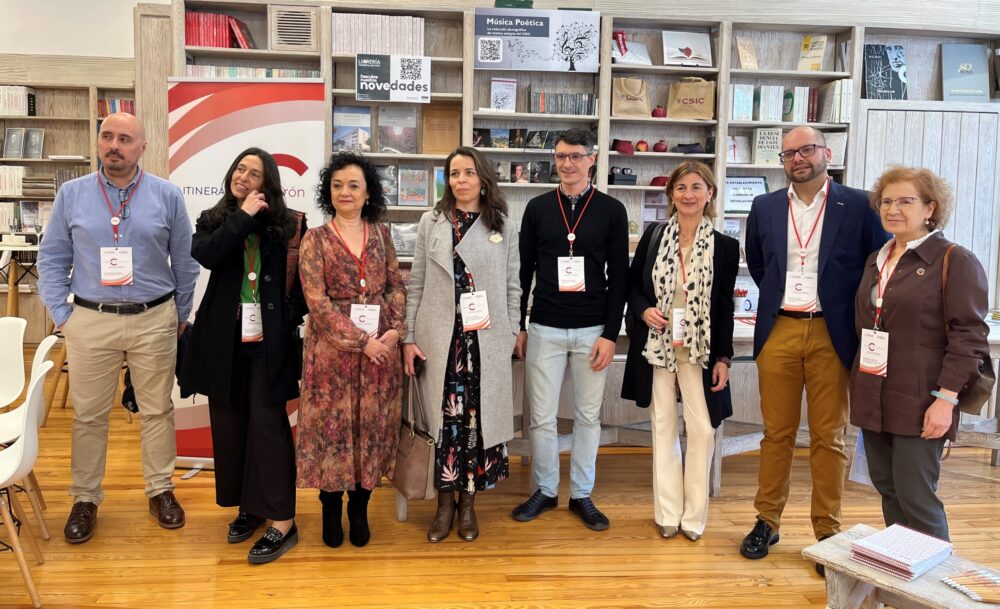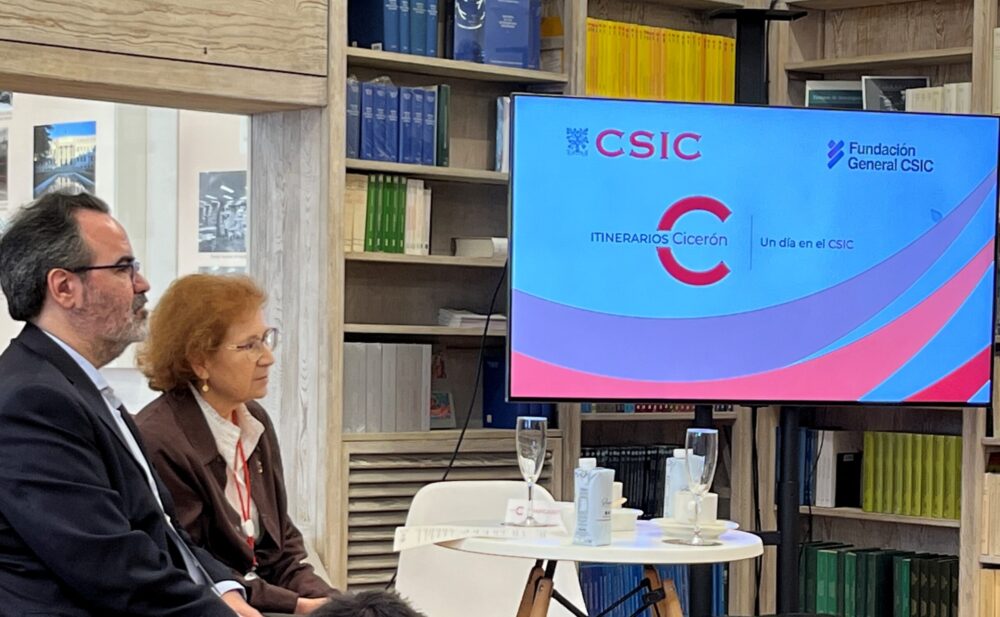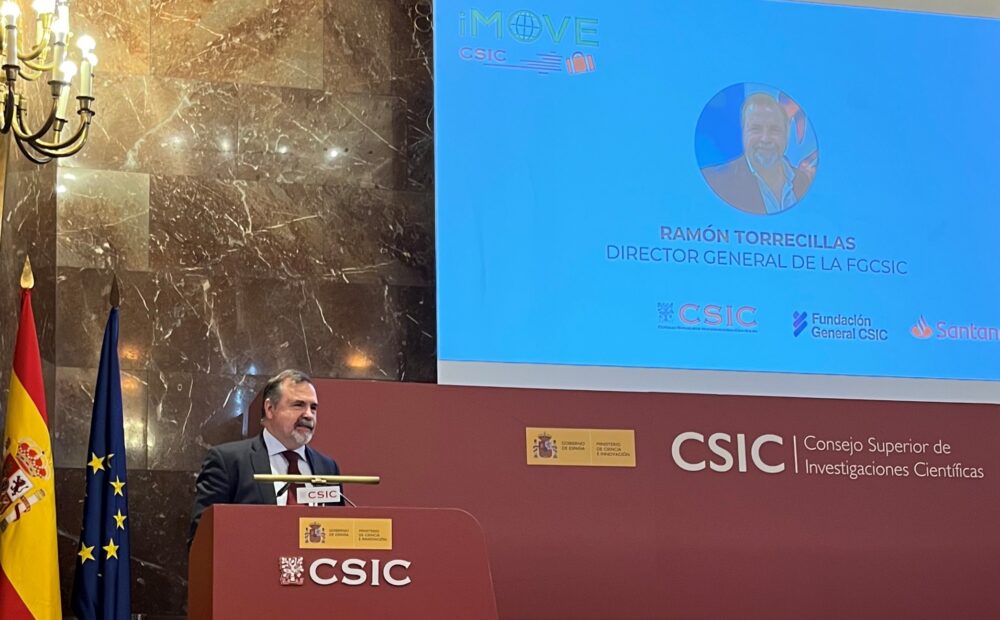The Spanish National Research Council (CSIC) wants to show the science it develops in its laboratories to reach policy makers, companies, journalists and other social agents, to enhance the contribution of science and innovation in solving challenges such as the growing resistance of bacteria against antibiotics, the management of forest fires or the decarbonization of industry. To this end, CSIC, with the support and collaboration of Fundación General CSIC, is launching the Cicerón program, which consists of a series of thematic conferences in which politicians, businessmen and journalists are invited to visit the CSIC’s institutes and learn about its research around a social challenge. The first day of the program, dedicated to antibiotic resistance, was held on Tuesday, March 14th, with a visit to the National Center for Biotechnology (CNB-CSIC), on the campus of the Universidad Autónoma of Madrid, and a session of lectures with six CSIC researchers (Ana de la Torre, Pilar García, Fernando Herranz, Daniel López, Victoria Moreno and Álvaro San Millán) at the CSIC’s Scientific Library on the organization’s central campus in Madrid. It was moderated by virologist Margarita del Val and geneticist Lluís Montoliu.
The indiscriminate use of antibiotics, both in humans and animals, has led to the proliferation of strains of bacteria with drug resistance genes −the so-called superbugs─, which is making them increasingly ineffective in tackling infections. This is of particular concern in clinical settings because the ineffectiveness of antibiotics can turn minor surgeries into life-threatening risks. According to the United Nations, if left unchecked, the growing resistance to antibiotics could cause ten million deaths a year by 2050 and become the leading cause of death in the world.
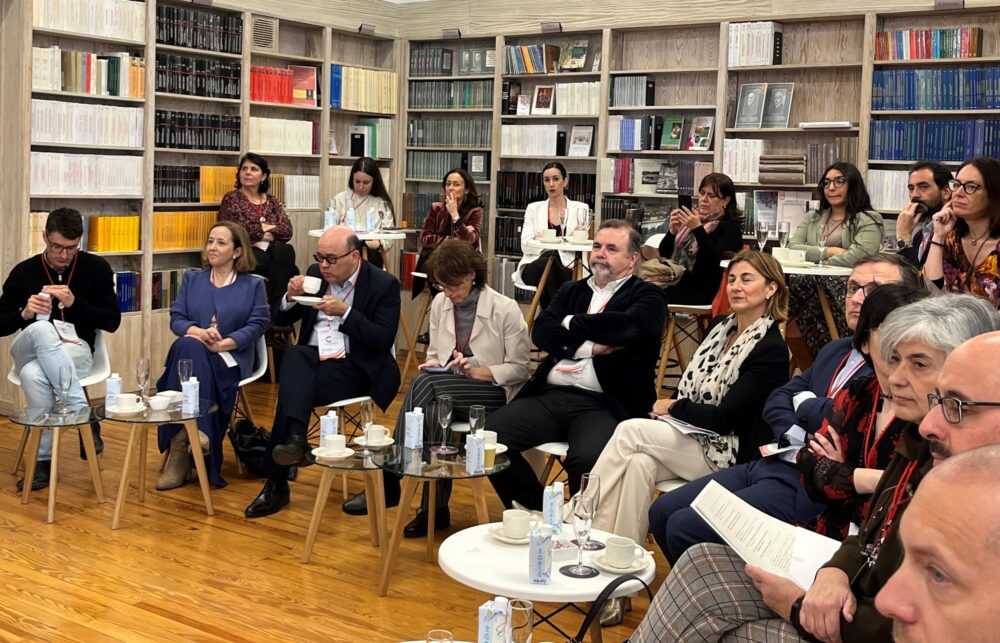
CSIC researchers are working to put an end to this problem from different perspectives. At the CNB-CSIC, the laboratory of Álvaro San Millán is promoting studies on plasmids, mobile genetic elements responsible for the resistance mechanisms spreading among bacteria. This work could consolidate the basis for the development of new therapies against bacteria carrying these resistance plasmids.
For his part, Daniel López, a CSIC researcher at the CNB, is investigating new treatments based on the combination of molecules with disused antibiotics to counteract the resistance of superbugs. Specifically, they are studying how the perturbation of the architecture of specific regions of superbacteria causes an alteration in the assembly of the proteins they carry out. Since many of these large protein complexes play an important role in antibiotic resistance, when the architecture of these areas is altered, superbugs cease to be it and become conventional strains sensitive to the most common antibiotics.
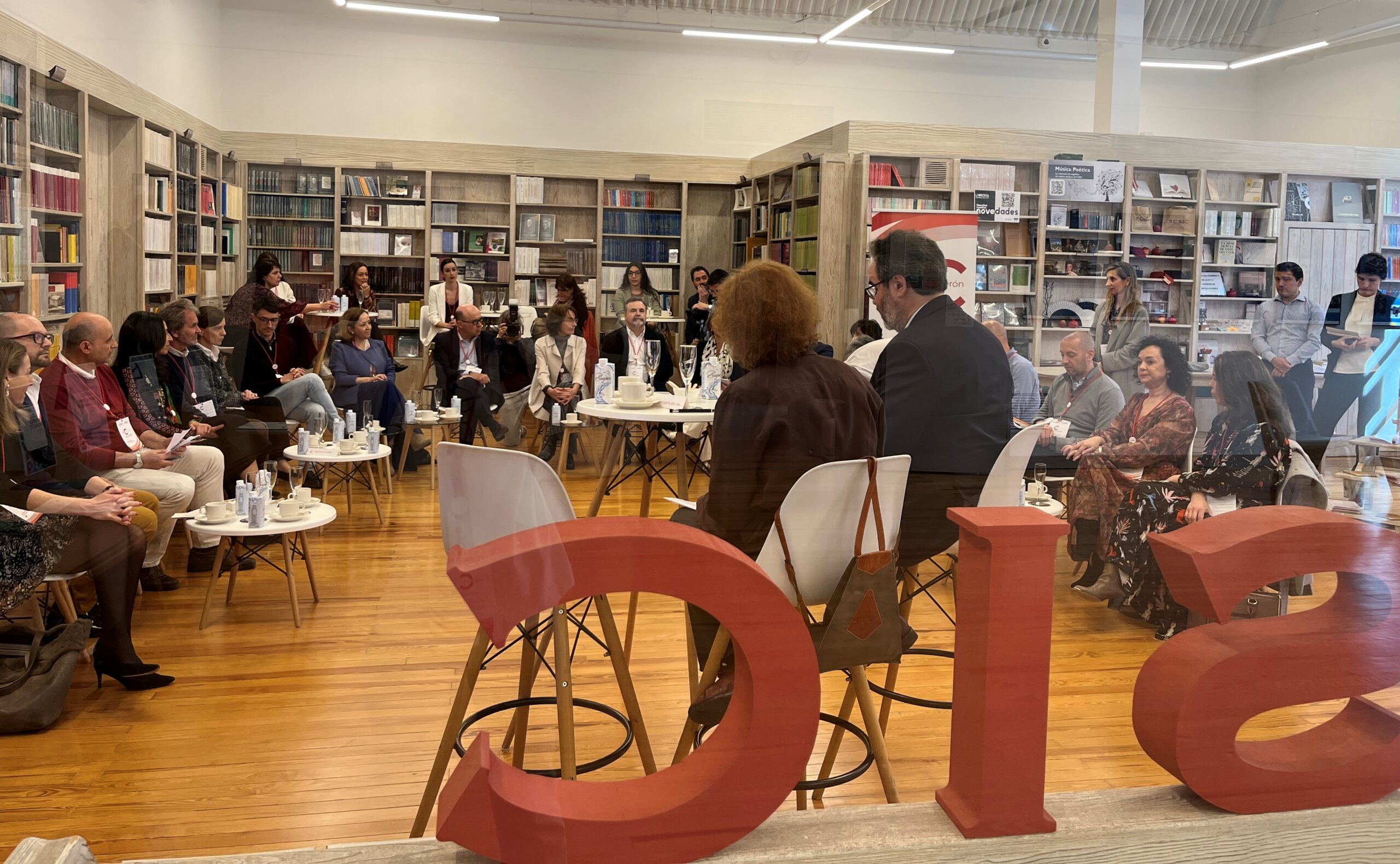
Victoria Moreno, CSIC researcher at the Food Science Research Institute (CIAL-CSIC-UAM), studies how changes in the intestinal microbiota, the set of microorganisms that inhabit the intestine, can be related to diseases such as celiac disease and inflammatory bowel disease. The great scientific challenge in the coming years in this field is the development of ingredients, foods and dietary habits effective in the care of the microbiota and particularized to specific individuals or population groups.
With the aim of reducing the use of antibiotics, Fernando Herranz’s team at the Institute of Medicinal Chemistry (IQM-CSIC) is researching therapies that use nanomedicine to train the body’s defenses and thus improve its response to resistant bacteria. On the other hand, Pilar García, CSIC researcher at the Asturias Dairy Products Institute (IPLA-CSIC), uses bacteriophage viruses to reduce and control the spread of resistant bacteria.
The consequences of antibiotic resistance are also reflected in the environment. CSIC scientists at the Animal Health Research Center of the National Institute for Agricultural Research (INIA-CSIC), led by Ana de la Torre, have created a map of soil vulnerability to the presence of antibiotics and bioresistance. And the best species of sentinel plants to monitor the presence of antibiotics in the environment have been determined.
San Millán, López, Moreno, Herranz, de la Torre and García accompanied the participants in the first Cicerón conference on antibiotic resistance. During the scientific sessions held at the Scientific Library of CSIC, they have deepened in the research they are carrying out and answered the different questions raised by the attendees.
